
Charming Miraflores: The Heartbeat of Arequipa
Discover the vibrant charm of Miraflores in Arequipa, Peru – a perfect blend of historic allure and modern vibrancy, nestled in the heart of Peru's cultural capital.
Miraflores in Arequipa is a vibrant and colorful neighborhood that offers a unique blend of cultural heritage and modern amenities. Known for its picturesque streets and friendly locals, Miraflores is a destination that beckons tourists with its rich history and contemporary charm. Walking through Miraflores, you'll find yourself surrounded by stunning colonial architecture interspersed with trendy cafes and artisan shops. The neighborhood is famous for its beautiful plazas and parks, providing a peaceful retreat in the midst of the bustling city. Be sure to visit the local markets where you can purchase handcrafted souvenirs and taste authentic Peruvian cuisine. Miraflores is also a gateway to some of Arequipa's most iconic landmarks. The neighborhood's proximity to the historic city center makes it an ideal base for exploring attractions like the Santa Catalina Monastery and the Arequipa Cathedral. Additionally, the lively nightlife and frequent cultural events ensure that there's always something exciting happening in Miraflores.
Local tips in Miraflores
- Visit the local markets early in the morning for the freshest produce and unique souvenirs.
- Take a leisurely stroll through the neighborhood's parks and plazas to truly appreciate the local atmosphere.
- Don't miss the chance to try traditional dishes at the neighborhood's family-owned restaurants.
- Plan your visit to coincide with local festivals for a memorable cultural experience.
- Stay in one of the charming boutique hotels to enjoy a more personalized experience.
Charming Miraflores: The Heartbeat of Arequipa
Miraflores in Arequipa is a vibrant and colorful neighborhood that offers a unique blend of cultural heritage and modern amenities. Known for its picturesque streets and friendly locals, Miraflores is a destination that beckons tourists with its rich history and contemporary charm. Walking through Miraflores, you'll find yourself surrounded by stunning colonial architecture interspersed with trendy cafes and artisan shops. The neighborhood is famous for its beautiful plazas and parks, providing a peaceful retreat in the midst of the bustling city. Be sure to visit the local markets where you can purchase handcrafted souvenirs and taste authentic Peruvian cuisine. Miraflores is also a gateway to some of Arequipa's most iconic landmarks. The neighborhood's proximity to the historic city center makes it an ideal base for exploring attractions like the Santa Catalina Monastery and the Arequipa Cathedral. Additionally, the lively nightlife and frequent cultural events ensure that there's always something exciting happening in Miraflores.
Iconic landmarks you can’t miss
Plaza de Armas Arequipa
Discover the heart of Arequipa at Plaza de Armas, a historical landmark showcasing stunning architecture and vibrant local culture.
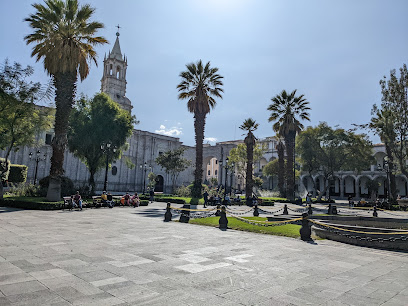
Plaza Mayta Cápac
Explore the lush greenery and vibrant atmosphere of Plaza Mayta Cápac in Miraflores, a serene park perfect for relaxation and cultural immersion.
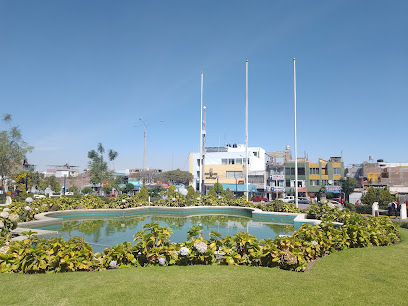
Cloisters of The Company
Discover the serene beauty and intricate architecture of the Cloisters of The Company, a must-visit historical site in Arequipa, Peru.
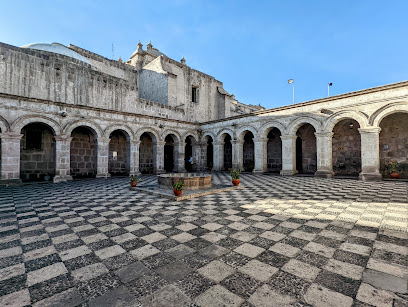
Basilica Cathedral of Arequipa
Discover the stunning Basilica Cathedral of Arequipa, a Baroque masterpiece in the heart of Peru, rich in history and architectural beauty.
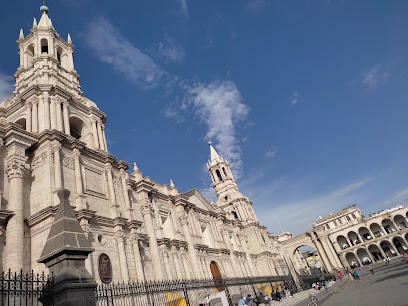
Fundo El Fierro
Explore the vibrant handicraft fair of Fundo El Fierro in Arequipa, where local artisans showcase exquisite crafts and authentic Peruvian culture.
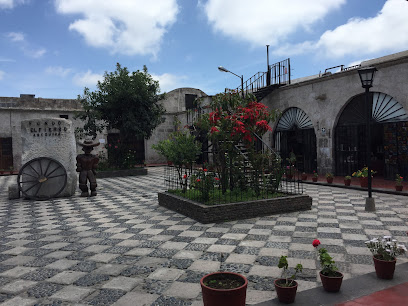
Plaza San Francisco
Discover the serene beauty and cultural richness of Plaza San Francisco, a must-visit park in Arequipa, Peru, perfect for relaxation and local experiences.
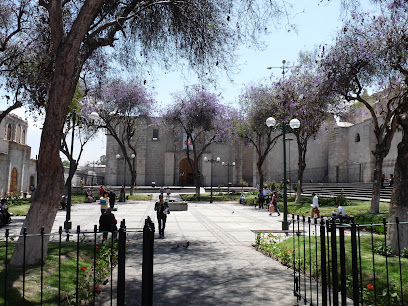
Museum of Virreinal Art Santa Teresa
Explore the rich cultural tapestry of Peru at the Museum of Virreinal Art Santa Teresa, where colonial artistry and history come to life in Arequipa.
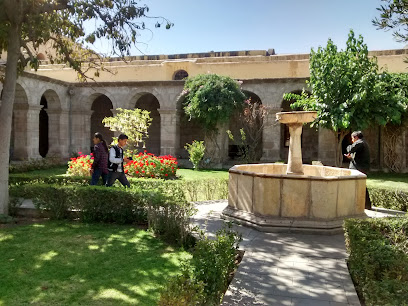
Monasterio de Carmelitas Descalzas de San José y Santa Teresa
Discover the tranquility and historical significance of Monasterio de Carmelitas Descalzas, a serene sanctuary in the heart of Arequipa, Peru.
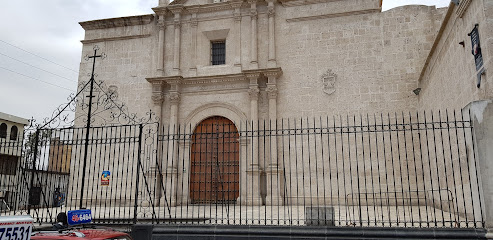
Casona Tristan del Pozo
Discover the architectural beauty and rich history of Casona Tristan del Pozo in Arequipa, a stunning tourist attraction showcasing colonial charm.
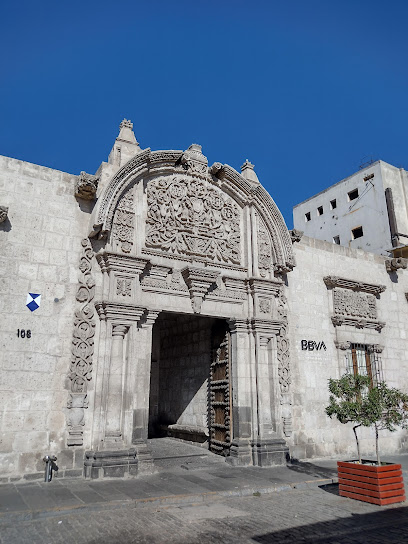
Arequipa, The Fountain of the Main Square
Explore Arequipa's Fountain of the Main Square, a captivating historical landmark surrounded by stunning architecture and vibrant local culture.
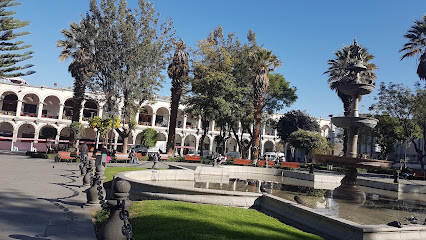
Crash Cuarto de ira
Experience thrilling rides and exciting games at Crash Cuarto de Ira, the premier amusement center in Miraflores, perfect for family fun and adventure.
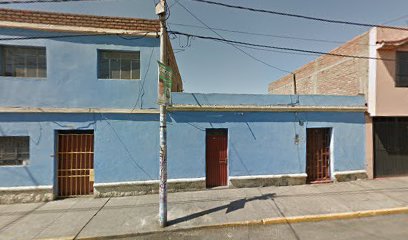
Unmissable attractions to see
Kennedy Park
Explore Kennedy Park in Miraflores, a vibrant urban oasis filled with art, culture, and the flavors of Peru, perfect for relaxation and discovery.

7th of June Park
Explore the beauty of 7th of June Park, a tranquil haven in Miraflores, perfect for relaxation and enjoying nature's bounty.
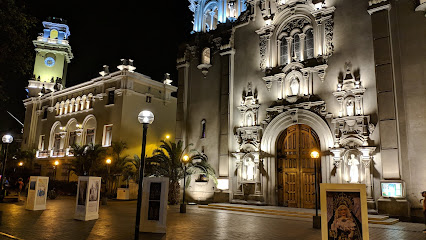
Malecón de Miraflores
Experience breathtaking ocean views, vibrant parks, and rich cultural activities at the stunning Malecón de Miraflores in Lima, Peru.
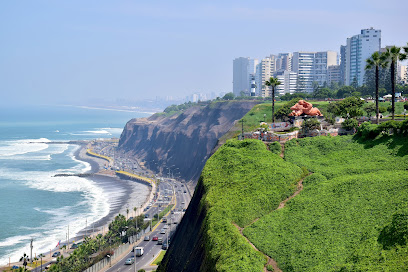
Museo Santuarios Andinos
Uncover the ancient secrets of the Andes at Museo Santuarios Andinos, where history and archaeology come alive in Arequipa's cultural heart.
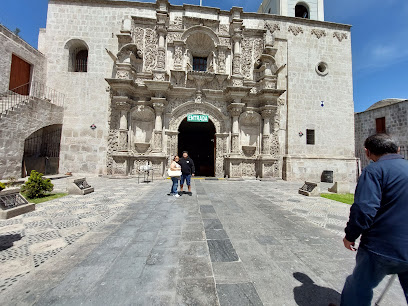
Cathedral Museum
Discover the rich religious heritage of Peru at the Cathedral Museum in Arequipa, showcasing exquisite artifacts and stunning architecture in the heart of the city.

Casa Goyeneche
Explore the architectural beauty and rich history of Casa Goyeneche, a must-visit landmark in Arequipa, Peru.
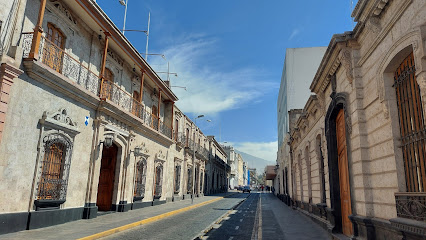
Essential places to dine
Zig Zag
Experience the fusion of tradition and innovation at Zig Zag, Arequipa's premier restaurant offering exceptional Peruvian cuisine.
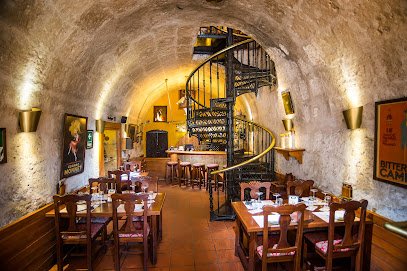
Chicha por Gaston Acurio
Discover the essence of Peruvian cuisine at Chicha por Gaston Acurio in Arequipa - where tradition meets innovation in every dish.
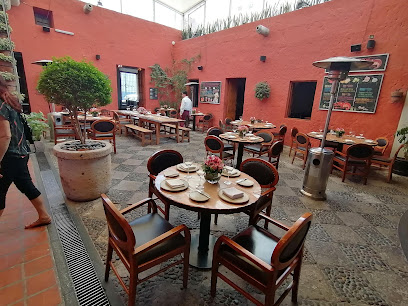
13 Monjas
Experience authentic Peruvian cuisine at 13 Monjas in Arequipa, where traditional flavors meet contemporary flair in a charming atmosphere.
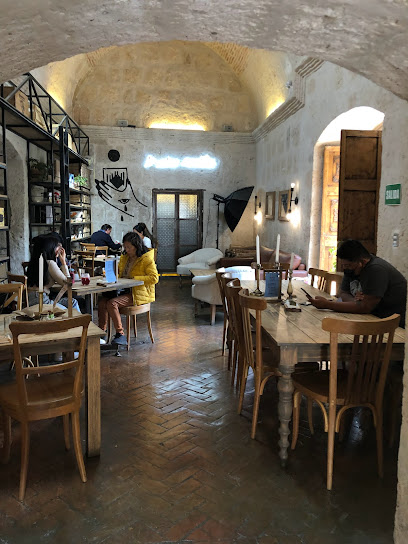
Anticuchería La Morena
Discover authentic Peruvian cuisine at Anticuchería La Morena—home to delicious anticuchos and vibrant flavors in Miraflores.
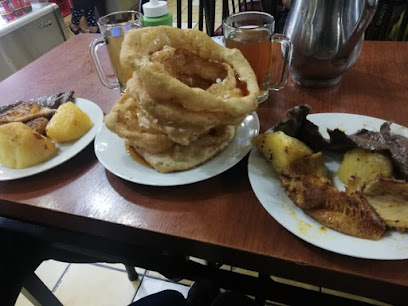
El Fuego De San Antonio
Experience innovative Peruvian cuisine at El Fuego De San Antonio, Arequipa's must-visit gastropub with vibrant flavors and inviting ambiance.
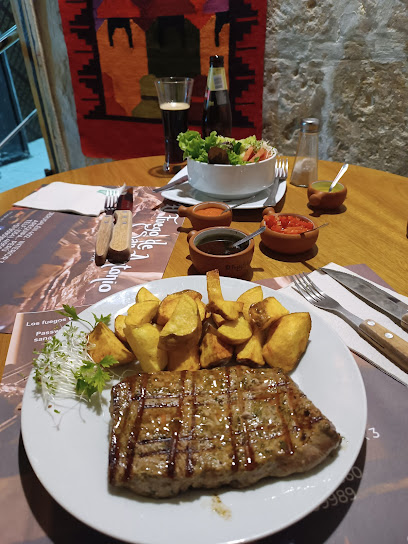
Eco Brunch
Experience the best of healthy dining at Eco Brunch in Arequipa - where delicious meets nutritious in an inviting atmosphere.
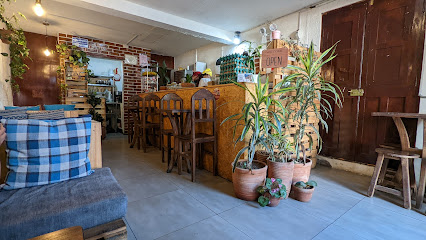
La Caverna Del Holgazan
Experience authentic Peruvian flavors at La Caverna Del Holgazan in Miraflores—where every meal tells a story.

Adobo alo Antaño
Savor the flavors of Peru at Adobo alo Antaño, where traditional cuisine meets a cozy dining atmosphere in Miraflores.
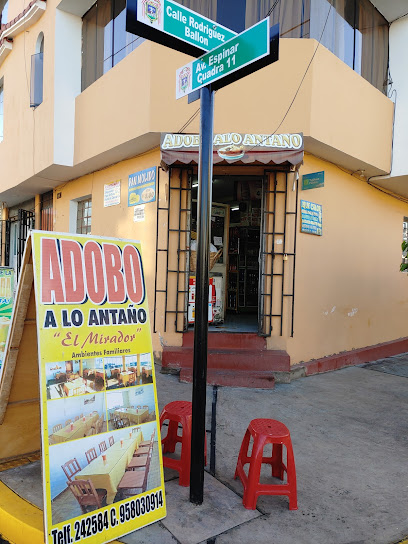
JANQUIPA
Experience authentic Peruvian cuisine at Janquipa in Miraflores, where tradition meets modern culinary artistry.
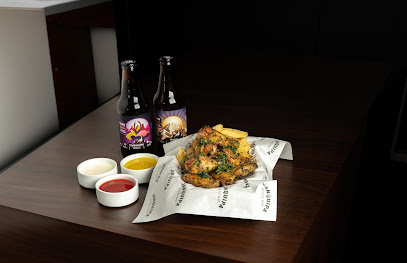
El Simple
Experience the essence of Peruvian cuisine at El Simple in Miraflores - where tradition meets modern culinary artistry.
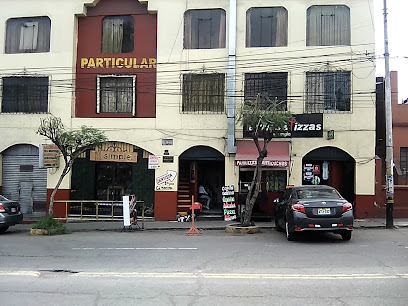
Cevichería El Huarmeyano
Discover authentic Peruvian flavors at Cevichería El Huarmeyano in Miraflores—home to exquisite ceviche and warm hospitality.

Restaurant - Picanteria Progreso
Experience authentic Peruvian cuisine at Picanteria Progreso in Miraflores—affordable dining with rich flavors and vibrant atmosphere.

La Yolita
Experience authentic Peruvian flavors at La Yolita, a top Creole restaurant in Miraflores offering delicious local dishes in a warm ambiance.

Restaurante D'Eddú
Experience authentic Peruvian cuisine at Restaurante D'Eddú in Miraflores, Arequipa—where flavor meets tradition in every dish.

El cilindro AREQUIPEÑO
Discover family-friendly dining at El Cilindro Arequipeño - where delicious Peruvian cuisine meets a warm and inviting atmosphere.
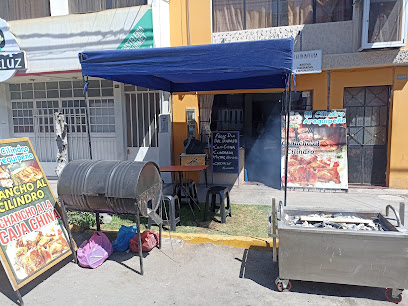
Markets, malls and hidden boutiques
Larcomar
Discover Larcomar, a breathtaking shopping mall in Miraflores offering stunning ocean views, exquisite dining, and vibrant entertainment for every traveler.
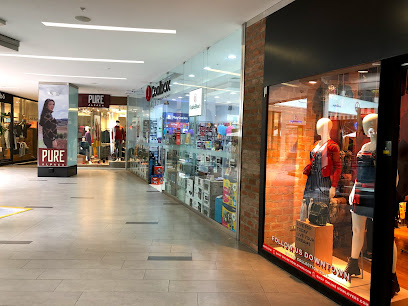
Mundo Alpaca
Explore the vibrant world of alpaca textiles at Mundo Alpaca, a cultural gem in Arequipa offering unique shopping and historical insights.
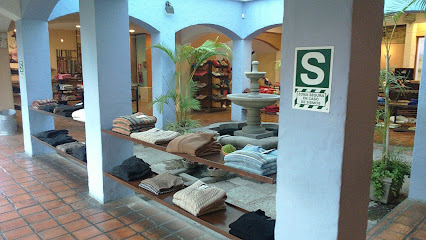
ale artes manuales
Explore Ale Artes Manuales: A charming gift and party supply shop in Miraflores, offering unique handcrafted items and vibrant decorations.
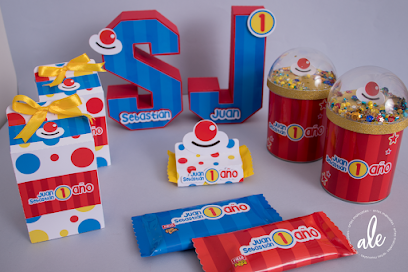
Arequipa
Discover Arequipa, the vibrant shopping mall in Miraflores, offering a blend of local and international brands and delightful dining experiences.

PICAPEDREROS AREQUIPA
Explore the rich artistry of Arequipa at Picapedreros, your destination for unique home goods and cultural treasures in Miraflores.
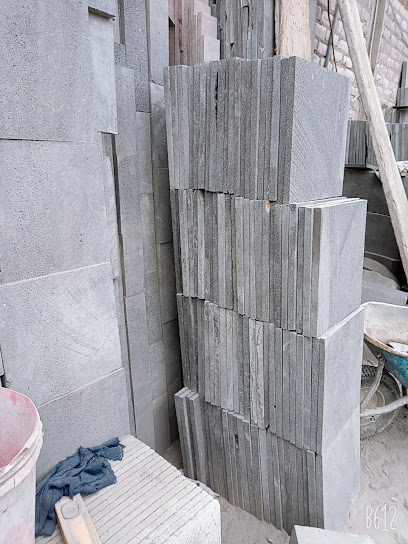
El Mallcito R&D
Discover unique gifts and local souvenirs at El Mallcito R&D in Miraflores, the perfect stop for tourists seeking authentic Peruvian treasures.

Joyas Antiguas Yanbal Unique, Arequipa
Explore the exquisite craftsmanship of Peruvian jewelry at Joyas Antiguas Yanbal in Arequipa, where tradition meets elegance.
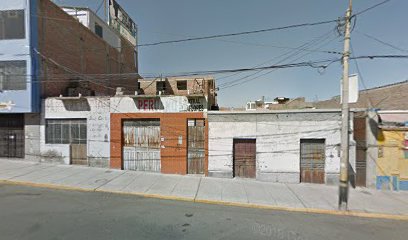
Dayan's Store
Explore Dayan's Store in Arequipa for unique gifts and exquisite handbags that showcase local craftsmanship and culture.
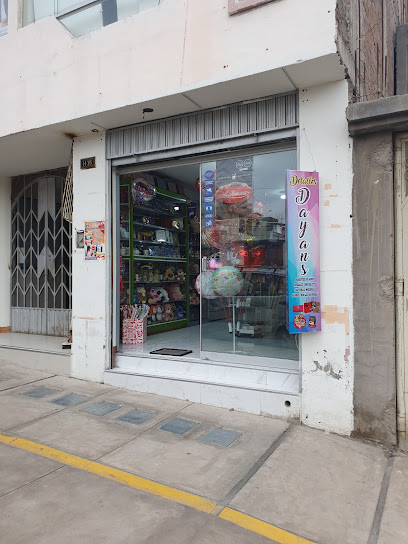
ABARROTES W&M
Discover the vibrant local market of Abarrotes W&M in Arequipa, where fresh produce and local liquors await your exploration.
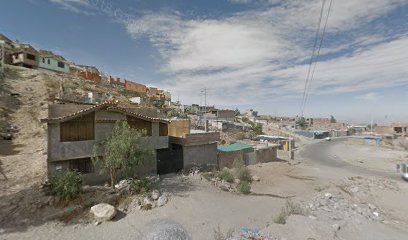
Alye Store AQP
Discover unique fashion and quality baby apparel at Alye Store AQP in Arequipa, where style meets comfort for the whole family.

Essential bars & hidden hideouts
Chelawasi Public House
Discover Arequipa's Chelawasi Public House – a lively bar serving local craft beers and exquisite espresso in a vibrant atmosphere.
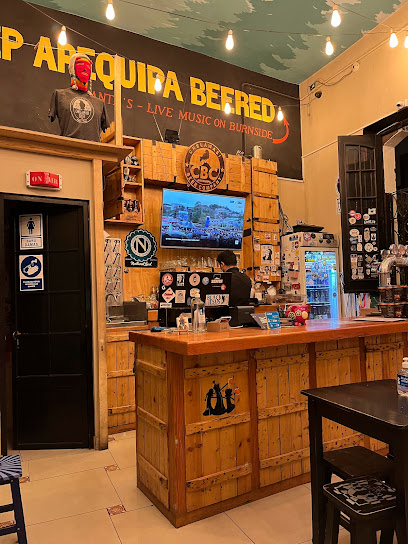
Frogs
Discover the vibrant nightlife of Arequipa at Frogs, a lively bar serving delicious cocktails and local drinks in a friendly atmosphere.
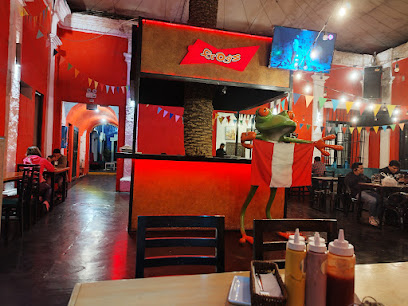
7 Vidas Taproom AQP
Discover the vibrant atmosphere and unique flavors at 7 Vidas Taproom AQP, Arequipa's premier destination for craft beer and local cuisine.

Mono Blanco
Discover Arequipa's vibrant nightlife at Mono Blanco, a lively bar and restaurant offering delicious local cuisine and refreshing drinks.
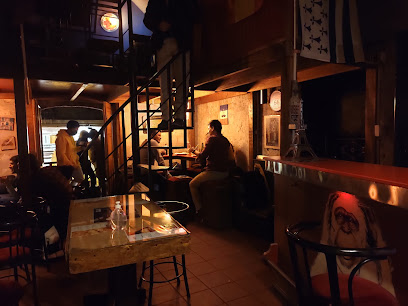
Peru Bar (pizzas & grill)
Experience authentic Peruvian flavors with delicious pizzas and grilled delights at the lively Peru Bar in Arequipa.
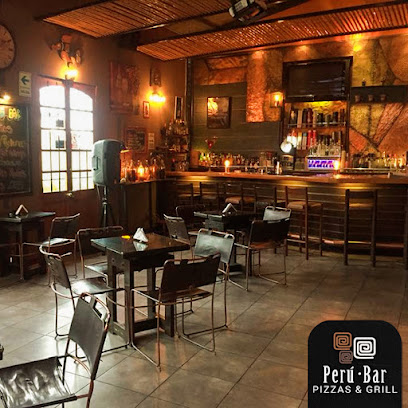
Inside
Experience the best of Arequipa's cuisine at Inside, where local flavors meet a vibrant gastropub atmosphere.

Melkim Taproom
Discover the rich flavors of Arequipa at Melkim Taproom, a top destination for craft beer lovers in a vibrant atmosphere.
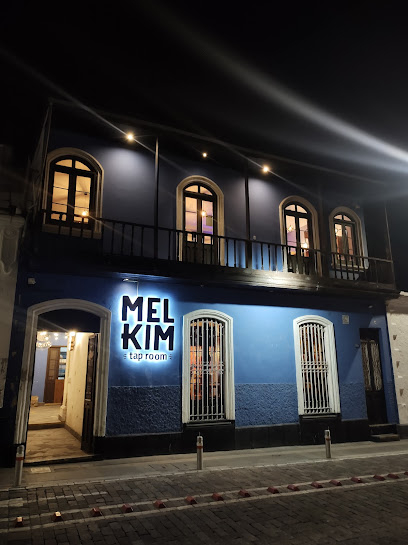
LUCKY AND CRAZY Beer and grill
Savor the best grilled flavors in Arequipa at LUCKY AND CRAZY Beer and Grill, a vibrant culinary destination for all food lovers.
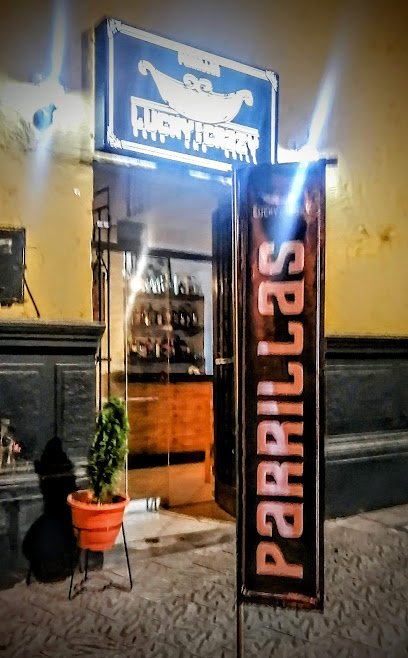
Furtiva Speakeasy Bar
Experience the unique charm of Furtiva Speakeasy Bar in Arequipa, where exquisite cocktails and delicious tapas create unforgettable evenings.
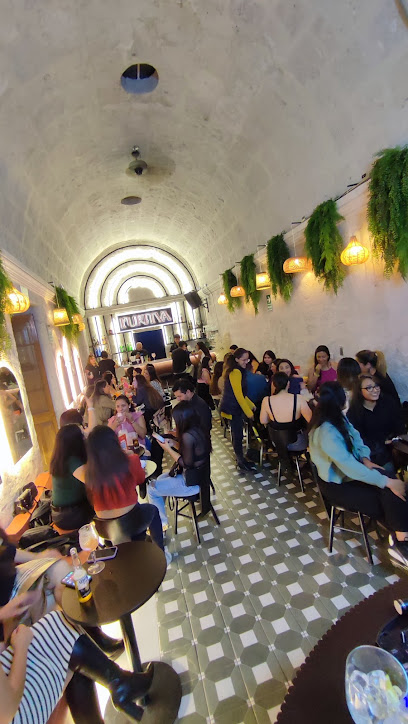
La Faltriquera del Diablo
Discover La Faltriquera del Diablo, Arequipa's premier cocktail bar, where innovative mixology meets local flavor in a vibrant atmosphere.
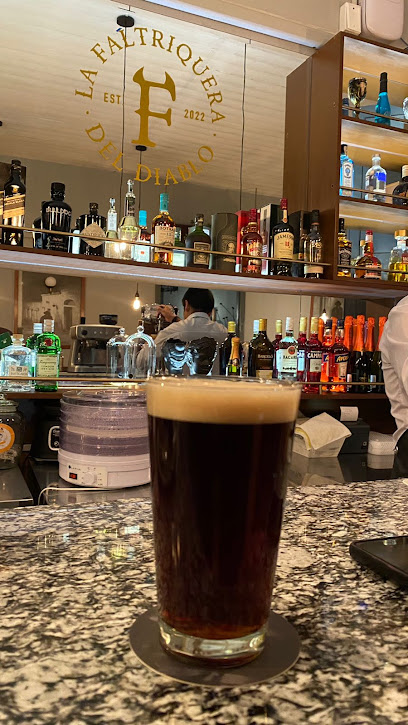
Local Phrases
-
- HelloHola
[oh-la] - GoodbyeAdiós
[ah-dee-ohs] - YesSí
[see] - NoNo
[noh] - Please/You're welcomePor favor/De nada
[por fah-vor/deh nah-dah] - Thank youGracias
[grah-see-ahs] - Excuse me/SorryPerdón/Disculpe
[pair-dohn/dees-kool-peh] - How are you?¿Cómo estás?
[koh-moh ehs-tahs] - Fine. And you?Bien. ¿Y tú?
[bee-ehn. ee too] - Do you speak English?¿Hablas inglés?
[ah-blahs een-glays] - I don't understandNo entiendo
[noh ehn-tee-ehn-doh]
- HelloHola
-
- I'd like to see the menu, pleaseMe gustaría ver el menú, por favor
[meh goo-stah-ree-ah vehr ehl meh-noo, por fah-vor] - I don't eat meatNo como carne
[noh koh-moh kahr-neh] - Cheers!¡Salud!
[sah-lood] - I would like to pay, pleaseMe gustaría pagar, por favor
[meh goo-stah-ree-ah pah-gahr, por fah-vor]
- I'd like to see the menu, pleaseMe gustaría ver el menú, por favor
-
- Help!¡Ayuda!
[ah-yoo-dah] - Go away!¡Vete!
[veh-teh] - Call the Police!¡Llama a la Policía!
[yah-mah ah lah poh-lee-see-ah] - Call a doctor!¡Llama a un doctor!
[yah-mah ah oon dohk-tohr] - I'm lostEstoy perdido/a
[ehs-toy pair-dee-doh/ah] - I'm illEstoy enfermo/a
[ehs-toy ehn-fehr-moh/ah]
- Help!¡Ayuda!
-
- I'd like to buy...Me gustaría comprar...
[meh goo-stah-ree-ah kohm-prahr...] - I'm just lookingSolo estoy mirando
[soh-loh ehs-toy mee-rahn-doh] - How much is it?¿Cuánto cuesta?
[kwan-toh kwehs-tah] - That's too expensiveEso es demasiado caro
[eh-soh ehs deh-mah-see-ah-doh kah-roh] - Can you lower the price?¿Puedes bajar el precio?
[pweh-dehs bah-hahr ehl pree-syoh]
- I'd like to buy...Me gustaría comprar...
-
- What time is it?¿Qué hora es?
[keh oh-rah ehs] - It's one o'clockEs la una
[ehs lah oo-nah] - Half past (10)Media (10)
[meh-dee-ah (diez)] - MorningMañana
[mah-nyah-nah] - AfternoonTarde
[tahr-deh] - EveningNoche
[noh-cheh] - YesterdayAyer
[ah-yehr] - TodayHoy
[oy] - TomorrowMañana
[mah-nyah-nah] - 1Uno
[oo-noh] - 2Dos
[dohs] - 3Tres
[trehs] - 4Cuatro
[kwah-troh] - 5Cinco
[seen-koh] - 6Seis
[says] - 7Siete
[syeh-teh] - 8Ocho
[oh-choh] - 9Nueve
[nweh-veh] - 10Diez
[diez]
- What time is it?¿Qué hora es?
-
- Where's a/the...?¿Dónde está...?
[dohn-deh ehs-tah] - What's the address?¿Cuál es la dirección?
[kwal ehs lah dee-rehk-syon] - Can you show me (on the map)?¿Puedes mostrarme (en el mapa)?
[pweh-dehs mohs-trar-meh (ehn ehl mah-pah)] - When's the next (bus)?¿Cuándo es el próximo (autobús)?
[kwan-doh ehs ehl prohk-si-moh (ow-toh-boos)] - A ticket (to ....)Un boleto (a ....)
[oon boh-leh-toh (ah)]
- Where's a/the...?¿Dónde está...?
History of Miraflores
-
Miraflores, as part of Arequipa, has roots dating back to the Spanish colonial period in the 16th century. The area was initially dominated by agricultural lands and haciendas, with Spanish settlers introducing European crops and livestock. Over time, the neighborhood developed into a residential area, reflecting the architectural styles and urban planning of colonial Arequipa, known for its beautiful sillar (volcanic stone) buildings.
-
The 19th century was a transformative period for Miraflores, coinciding with Arequipa's economic boom due to trade and agriculture. This era saw the construction of significant infrastructure, including the Plaza de Armas and various churches, which fostered a sense of community and identity. Miraflores emerged as a desirable residential area, attracting wealthy families and showcasing the affluence of Arequipa during this time.
-
Miraflores became a cultural hub in the early to mid-20th century, with the establishment of art galleries, theaters, and cultural institutions. The neighborhood's architecture evolved, incorporating modernist styles while preserving colonial elements. This cultural renaissance was part of Arequipa's broader artistic movements, which emphasized local traditions and identity, leading to the formation of various artistic communities.
-
In the late 20th and early 21st centuries, Miraflores experienced significant urbanization, becoming a bustling urban center with new commercial and residential developments. The neighborhood's proximity to the historic center of Arequipa made it a prime location for tourism and business. Despite modernization, efforts have been made to preserve the cultural heritage and maintain the charm of the area, showcasing Arequipa's unique blend of history and contemporary life.
-
Miraflores is also known for its vibrant culinary scene, reflecting Arequipa's rich gastronomic traditions. The neighborhood hosts numerous restaurants and markets where visitors can experience local dishes such as rocoto relleno and adobo. The culinary culture in Miraflores not only attracts tourists but also serves as a platform for local chefs to showcase Arequipa's diverse flavors and ingredients, contributing to the city's reputation as a gastronomic destination.
Miraflores Essentials
-
Miraflores is easily accessible from other neighborhoods in Arequipa. If you are coming from the city center, you can take a taxi or a local bus. The taxi ride is approximately 15-20 minutes, while buses frequently run along main routes, with stops at key points in Miraflores. For those arriving from the airport, taxis are available, and you can expect a journey of about 30 minutes depending on traffic.
-
Miraflores is a walkable neighborhood with many attractions within easy reach. Public buses and minibuses (known as combis) serve various routes throughout the area. For a more leisurely experience, consider renting a bicycle to explore the scenic parks and streets. Taxis are widely available, and ride-sharing apps like Uber operate in the area, providing a convenient option for travelers.
-
While Miraflores is generally safe for tourists, it is wise to stay vigilant. Areas around the main square and busy markets are typically safe, but tourists should avoid walking alone at night in less populated areas, especially near the outskirts of the neighborhood. Be cautious of pickpockets in crowded places like markets and public transport. Always keep personal belongings secure and be aware of your surroundings.
-
In the event of an emergency, dial 105 for police assistance and 611 for medical emergencies. Local hospitals and clinics are available in Miraflores. It is advisable to carry a copy of your passport and have travel insurance that covers emergencies. In case of a minor health issue, pharmacies can be found throughout the neighborhood for over-the-counter medications.
-
Fashion: Do dress modestly when visiting religious sites. Avoid overly casual or revealing clothing. Religion: Do respect local customs, especially in churches. Cover your shoulders and knees. Public Transport: Do offer your seat to the elderly or pregnant women. Don't eat or drink on buses. Greetings: Do greet with a friendly handshake. Don't be overly familiar until you know someone well. Eating & Drinking: Do try local dishes and beverages. Don't waste food, as it is considered disrespectful.
-
To experience Miraflores like a local, visit the neighborhood's markets and street vendors for authentic Peruvian food. Engage in conversations with locals, who are often eager to share stories and recommendations. Explore lesser-known parks and plazas to enjoy a more tranquil atmosphere. Attend local festivals or events if your visit coincides with them for a genuine cultural experience.
-
When visiting homes or local events, it is customary to greet everyone when you enter. A friendly smile and a warm greeting (like 'Hola') go a long way. Always ask for permission before taking photographs of people. Additionally, if invited to a local's home, bringing a small gift, such as sweets or fruits, is appreciated as a sign of gratitude.
-
When dining out, it is common to wait for the host to start eating before you do. If dining with locals, it’s polite to accept food offerings, as refusing can be seen as impolite. Tipping is customary; rounding up your bill or leaving 10% is appreciated in restaurants and cafes.
Trending Landmarks in Miraflores
-
Plaza de Armas Arequipa
-
Plaza Mayta Cápac
-
Cloisters of The Company
-
Basilica Cathedral of Arequipa
-
Fundo El Fierro
-
Plaza San Francisco
-
Museum of Virreinal Art Santa Teresa
-
Monasterio de Carmelitas Descalzas de San José y Santa Teresa
-
Casona Tristan del Pozo
-
Arequipa, The Fountain of the Main Square
-
Crash Cuarto de ira








